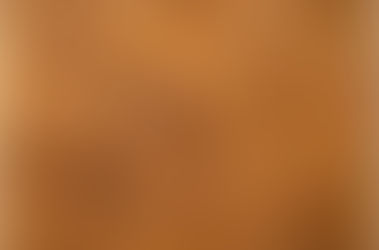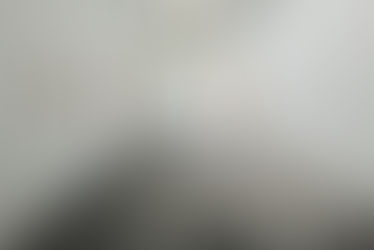Parachutes and Patients: Alexandre da Cunha and Francisca Aninat at the Heong Gallery
- The Courtauldian
- 8 hours ago
- 4 min read
Tobi Ibiye Makinde
Tucked into a quiet courtyard of Downing College, the Heong Gallery – a former horse stable – now offers a serene, meditative space. Two Latin American artists, Alexandre da Cunha and Francisca Aninat, feature in Revealing (In)visible Times, an exciting exhibition that weaves questions around time, waiting, and materiality. Curated by Valentina Gajardo, this exhibition utilises the Heong Gallery’s tall ceiling, soft light, and echoing atmosphere to elevate the most humble of materials and gestures.

Though modest in scale, with only seven works on display, the exhibition commands an impressive presence. Brazilian-born, London-based artist Alexandre da Cunha is known for his use of readymade and found materials, mops, concrete mixers, and parasols, which he repositions to explore questions of class, labor, and beauty. His practice often reveals how everyday or industrial objects can carry both personal and political histories. Free Fall II (2016) is the most arresting example here, filling the entire back portion of the gallery. Hung from the ceiling, da Cunha drapes an old, military parachute over a horizontal flag pole, twisting ideas of positionality and reverence. Upon closer look, the parachute is complicated, coloured threads hold the numbered panels together, evoking questions around manufacturing as a repetitive, meditative practice and the ready-made. As Gajardo noted during my tour, similar parachutes are currently used to deliver aid to Gaza, a poignant reminder of how such utilitarian objects traverse both military and humanitarian contexts, complicating the relationship to time and space. Threads here become an encoded style, not just to ensure parachutes are up to code, but also to highlight messages around individual and collective experiences. What happens when time becomes a “material condition” as Gajardo describes in the exhibition text?
Da Cunha uses ready-made materials such as the parachute in Free Fall II (2016) or his series deconstructing cleaning mops to elevate utilitarian objects in a Duchampian ethos. In his biography, da Cunha refers to his use of everyday objects as a “pointing” instead of a making, in which positionality, time, and manipulation create a new relationship with the object.

Where da Cunha reframes the utilitarian through gestures of elevation and display, Chilean artist Francisca Aninat works at the intersection of painting, social practice, and material repair. Her works in this exhibition were all made in tandem with patients in hospitals in either Chile or Cambridge, pointing not to the ready-made object but to the aura of human touch embedded within it. The second largest work in the gallery was Francisca Aninat’s N.9, South America (2025). Fashioned in the shape of South America, the work occupied a large portion of the gallery floor. Canvases were painted by Aninat, only to be ripped apart and sewn back together using fiery scarlet thread by patients whom Aninat would collaborate with in hospital rooms in Chile. The wall next to N.9 was decidedly blank, bouncing the soft light from the sunroof downwards, drawing the eye to the ground. This positioning may grant it a humbler status, as we look down at the work and not up at it (as we would if it were on the wall.) However, I believe that by putting the sewn fabric on the ground, Aninat creates a distinctive relationship to the work that makes the viewer increasingly aware of their bodily position. I was careful to watch my step as I passed by, granting this quilted object a heightened status and allowing it to choreograph my movements. This resonates with the experiences of Chilean patients navigating an ailing healthcare system. In many ways, by stitching this work themselves, the patients would have been engaging in at least a sense of metaphorical healing.

Each work lends itself to a meditative state. The slow and subtle swing of da Cunha's Free Fall II (2016) or the slow dissection of words found in Aninat's Everyone's Dream (2025) produce a deliberate slow reading. Gajardo's minimalistic approach – no wall labels, bare walls, generous spacing – allows the works to breathe and the viewer to move freely between them. During my tour, Gajardo spoke of threads as "symptoms," traces that diagnose invisible labor, time, and care embedded in objects. This concept feels central: the parachute's numbered panels are symptoms of military manufacturing; Aninat's scarlet stitching, symptoms of illness transformed into healing. Yet this rich conceptual thread remains largely implicit in the exhibition itself. A more explicit curatorial framework connecting these symptomatic traces might have strengthened the dialogue between da Cunha's repositioned ready-mades and Aninat's collaborative gestures. Nevertheless, the exhibition rewards those willing to attend closely. Time can be revealed; we need only take pause and listen.
Revealing (In)visible Times was on view at the Heong Gallery from 11 September to 19 October 2025.












Comments